In the winter season here in the Northern Hemisphere, where the plant life is dormant, nature unveils a serene and peaceful beauty. While some may be reluctant to venture out in the cold and gray, if, like me, you have a fondness for the outdoors regardless of the season, you might be pleasantly surprised to discover numerous plant sources. These can be harnessed to create beautiful, long-lasting Natural Inks and, perhaps, Botanical Pigments. Within this article, I am divulging some of the botanical sources I favor, which have the potential to be transformed into beautiful and long-lasting natural art supplies.
Crafting Colors from Winter Treasures
In one of my older blog posts, I mentioned embarking on my journey of experimenting with natural colors approximately seven years ago. Since then, I’ve delved into various plant sources, exploring the potential to create inks and pigments from various pigmented natural material. However, it’s essential to note that each source comes with its own limitations. Nature, being ephemeral, imparts a transient quality to the creations derived from it. Nevertheless, I have identified certain plants that stand out as my absolute favorites for crafting Natural Inks. Additionally, I’ve ventured into extracting Botanical Pigments from these sources, resulting in hues transformed by diverse chemical reactions and distinct physical properties.
Following are my favorite plant sources:
- Alder Cones: Crafting a brown or sepia-toned ink is made possible with alder cones. These small, beautiful cones are readily available near water sources, and only a few cone heads are needed to produce ink. The presence of tannins in alder cones significantly enhances the color. Here, I detail an intricate process for creating inks using these exquisite little cones.
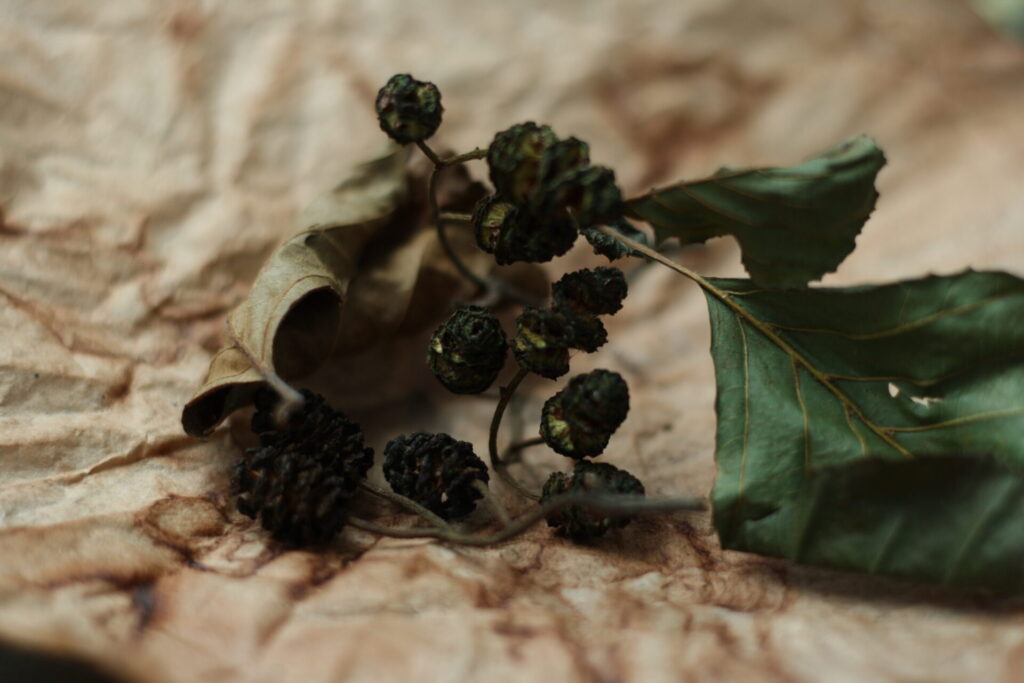
- Walnut Husks: While numerous articles may recommend utilizing the green hulls of walnuts, I have also conducted experiments using the decaying walnuts gathered during winter months, yielding an equally stunning ink. Similar to alder cones, the outer husks of walnuts are abundant in tannins and can be employed to create a rich brown or black ink, contingent upon the walnut tree species prevalent in your region. In my locality, Juglans regia is the most commonly growing species of walnut tree.

- Acorns: Acorns offer the potential to craft a spectrum of brown hues. It’s advisable to crush the acorns prior to utilizing them in ink-making. Additionally, the color derived from acorns can be altered by employing an iron mordant. This allows you to obtain two distinct colored inks from a single source.
- Japanese Knotweed Roots: Crafting a reddish-brown ink from Japanese knotweed roots is a possibility worth exploring. Begin by excavating the roots, ensuring a thorough cleaning process, followed by drying and grinding to extract the pigments. Notably invasive, the Japanese knotweed’s roots, when repurposed for ink making, can be viewed as a sustainable practice. In my region, an abundance of Japanese knotweed plants provides ample opportunities for this creative endeavor.
- Oak Galls:Locating oak galls may prove a bit challenging, but their discovery can lead to the creation of a stunning dark grey-black ink. The outcome is contingent on the species of oak tree from which the oak galls are sourced. In my course, I introduce a modification to the traditional ink-making process from oak galls. This alternative method is less acidic, mitigating the formation of ferrous sulphide, which is highly corrosive and can hasten the degradation of pen nibs.
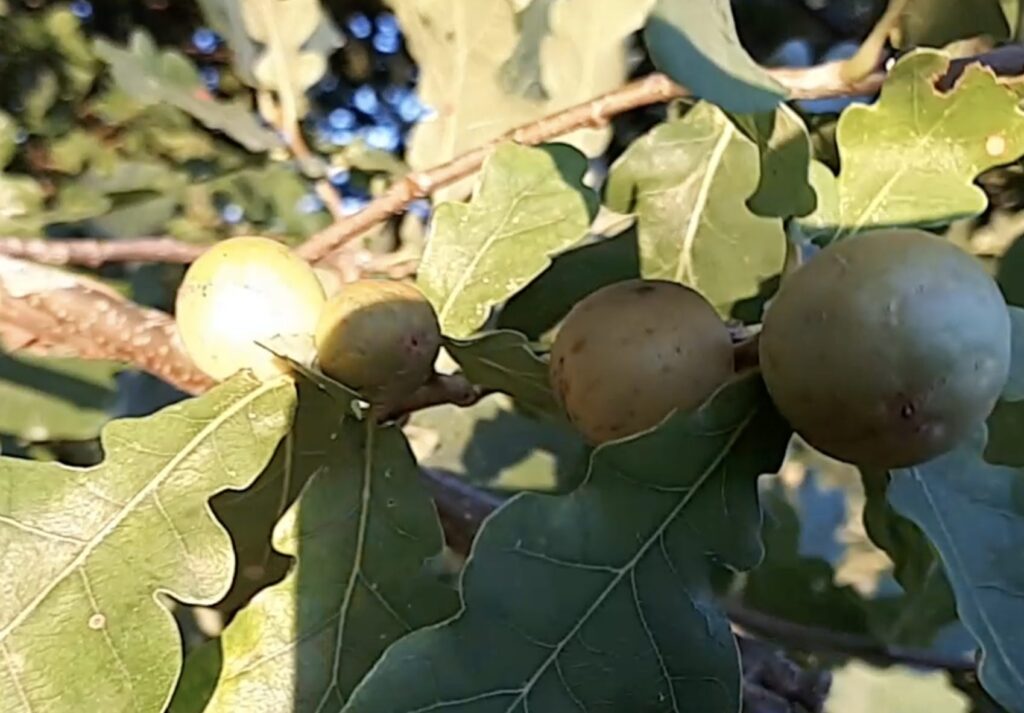
Green oak galls foraged in Upper Austria 2022
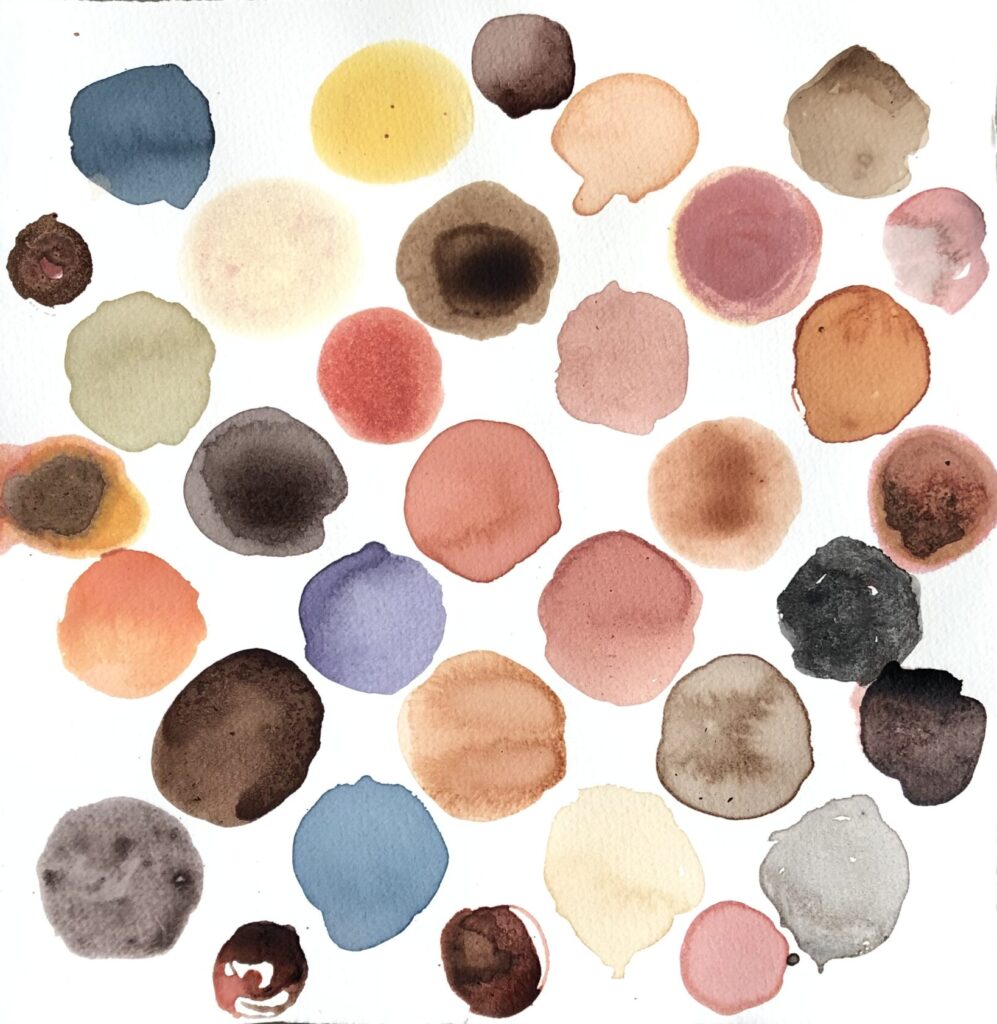
Exploring ink production using diverse botanical sources.
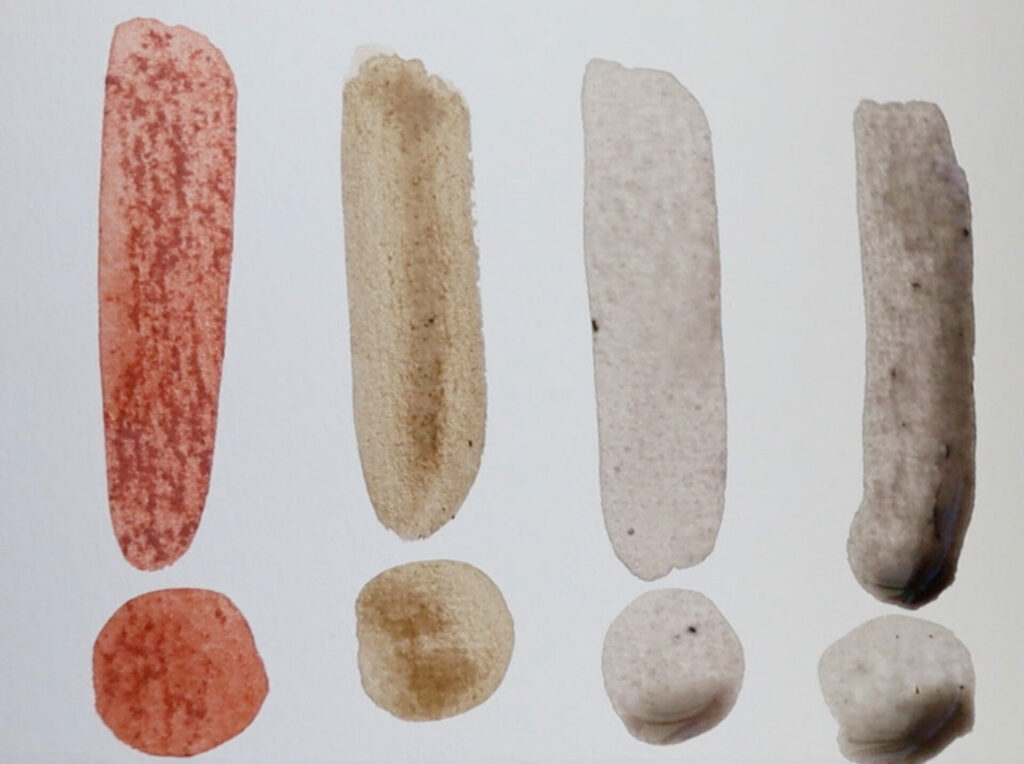 Sumac berries, walnut husks, acorns, and oak galls produce my most beloved inks.
Sumac berries, walnut husks, acorns, and oak galls produce my most beloved inks.
Foraging guidelines
Embarking on a quest for winter treasures to create inks and pigments? Remember to uphold foraging ethics. Accurately identify plants, harvest sustainably, and adhere to local regulations. Opt for clean areas free from pollutants, and be considerate of wildlife habitats. Seek permission for foraging on private property, prioritize safety, and stay informed about local flora and conservation initiatives. Stress the importance of minimal impact to safeguard the well-being of both plants and wildlife.
Conclusion
Embarking on the entire journey of crafting and using natural inks is a holistic experience that stimulates the senses and engages the entire body. This creative process unveils the distinct personality, aroma, and texture of each ink. When these individual inks converge on a paper, a unique alchemy emerges, setting them apart from other varieties. The diverse range of colors offered by these natural materials transforms the ink-making process into a gratifying and creatively enriching endeavor. Through experimentation with different combinations and techniques, one can uncover a myriad of distinctive shades and effects.
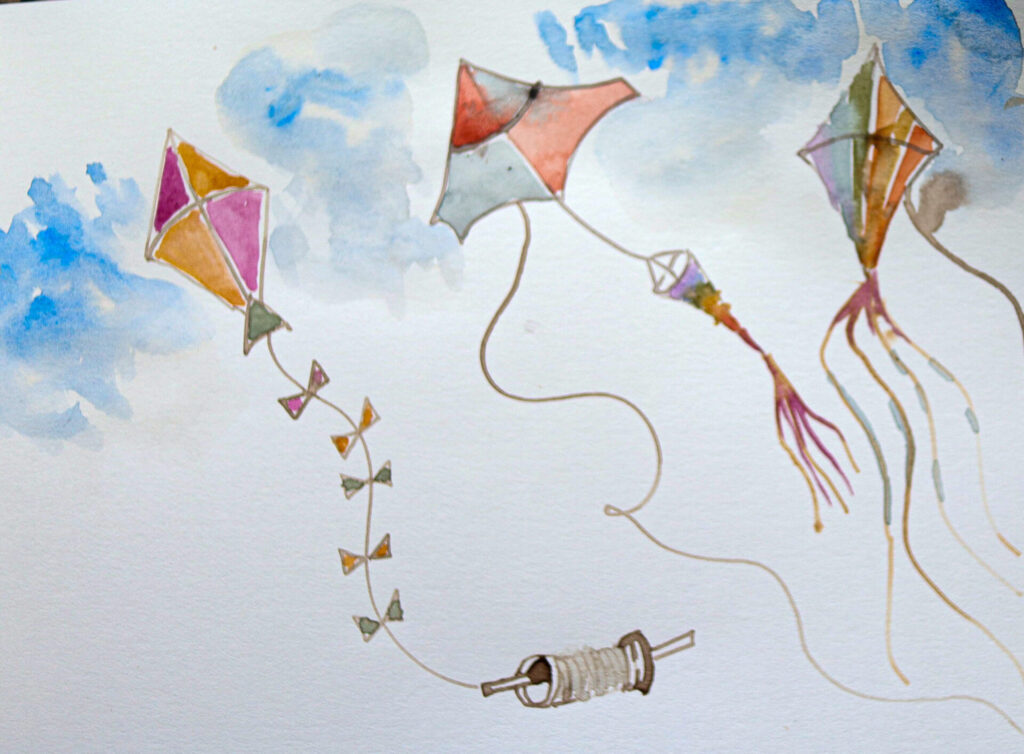
A simple illustration brought to life with natural inks (Acorn and Beech bark) and paints.
As winter envelops us, let’s revel in the simple joys it brings. By delving into the colors concealed in nature’s winter offerings, we not only create art but also forge a deeper connection with the remarkable world around us. So, seize your brushes, collect your winter treasures, and let the hues of the season paint your imagination!
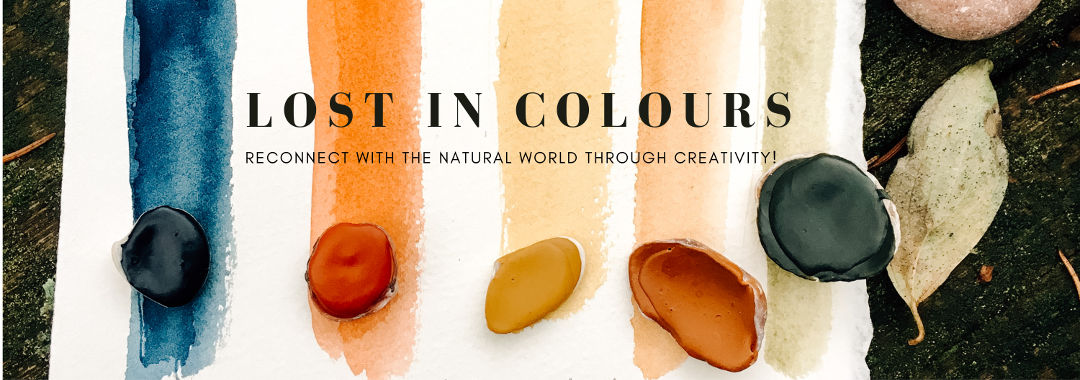
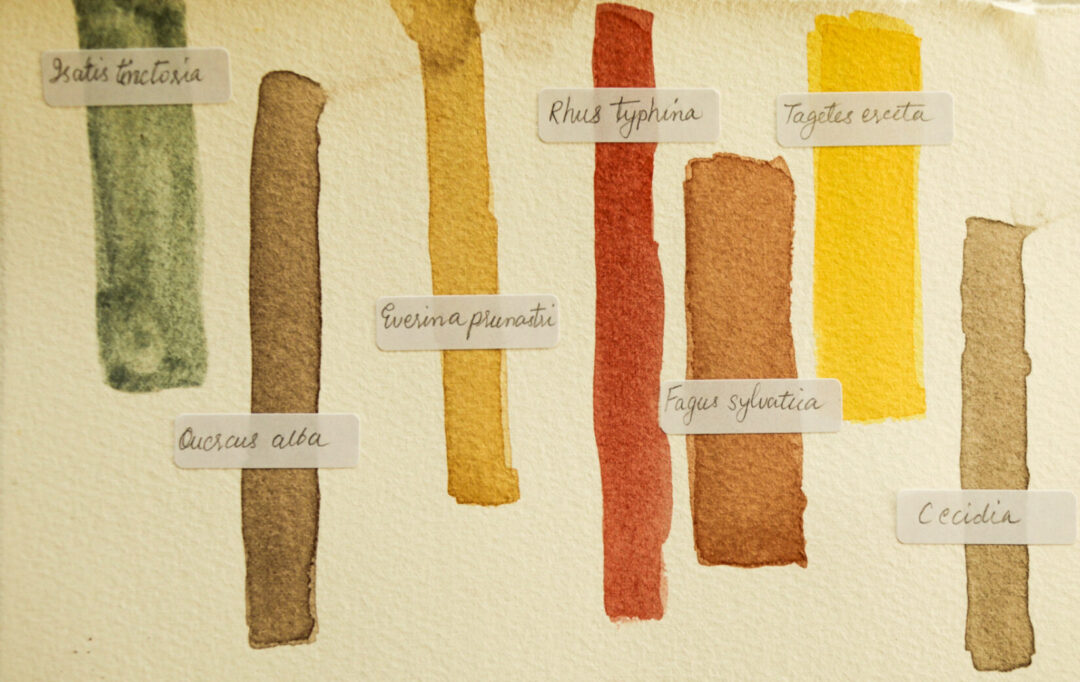
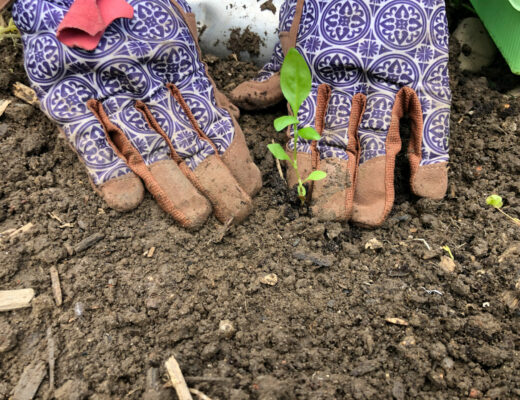
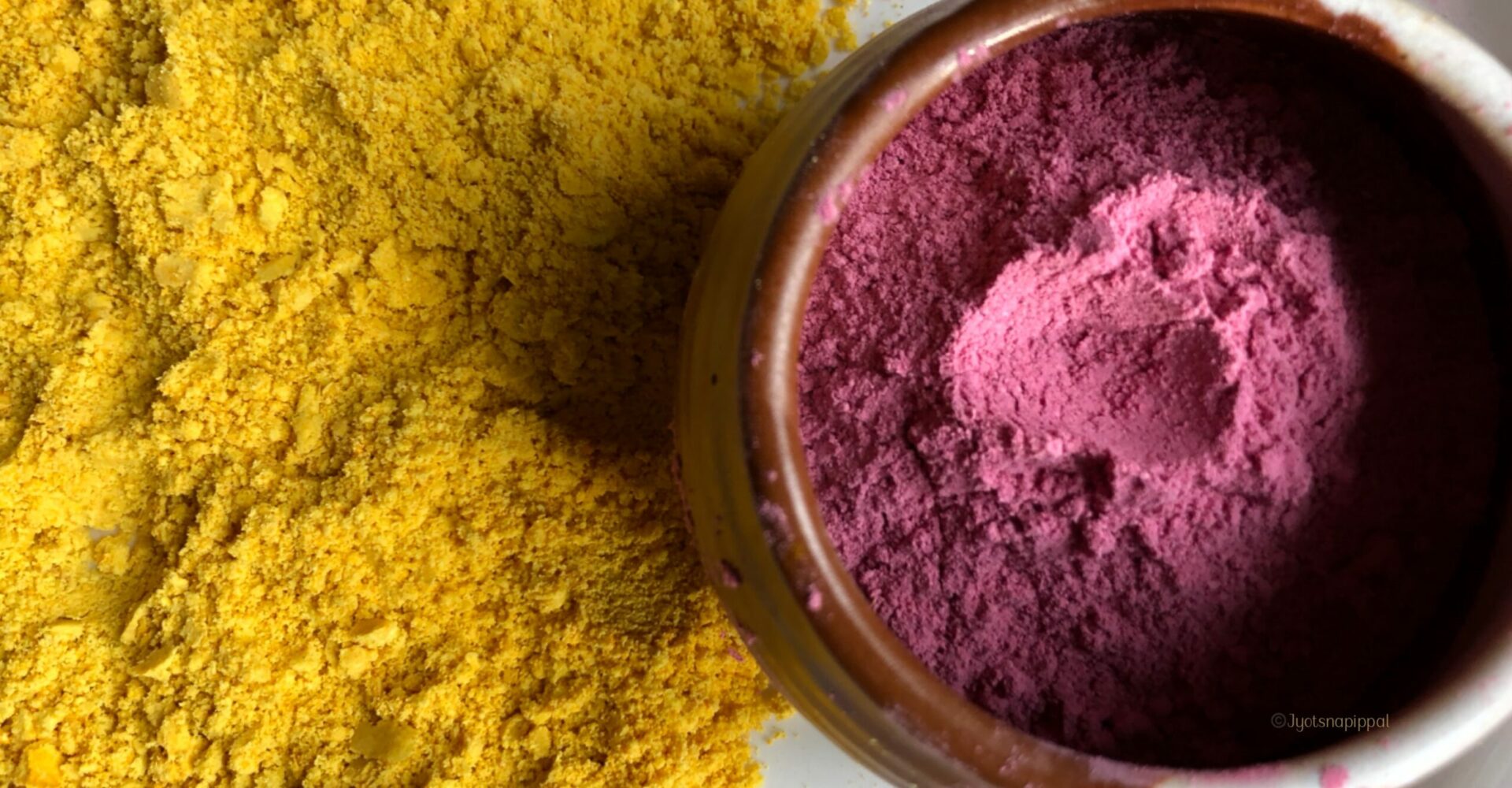
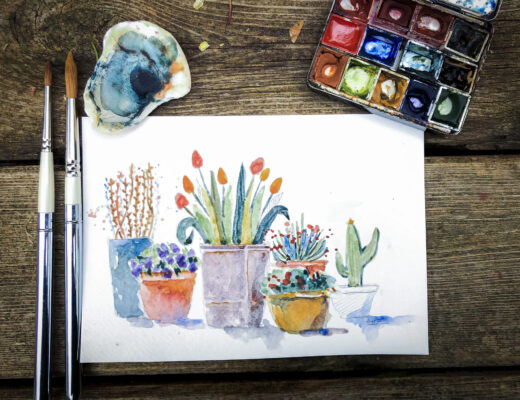
No Comments